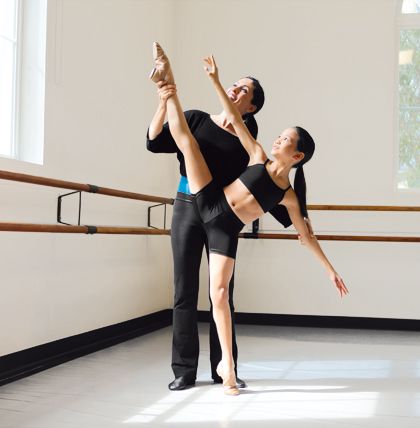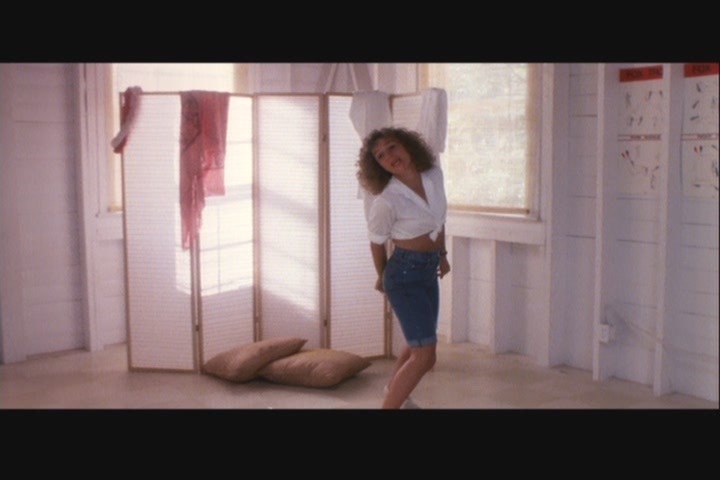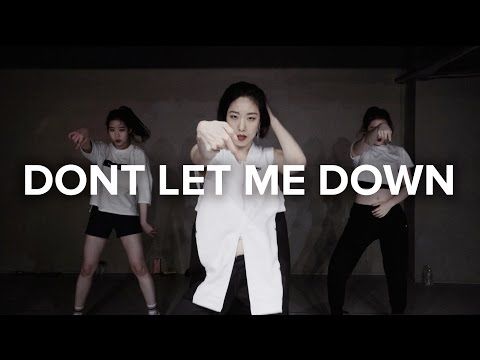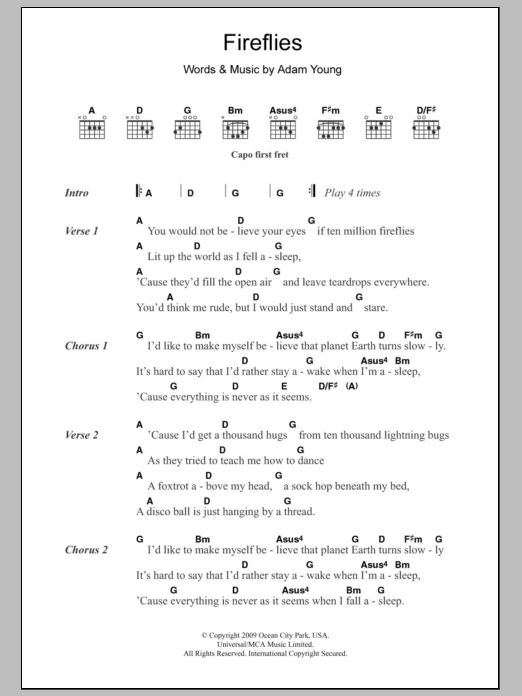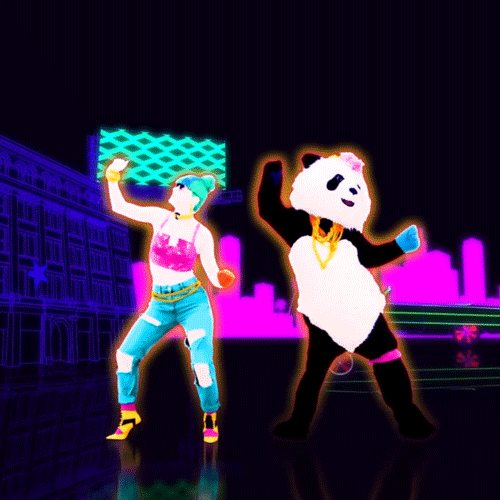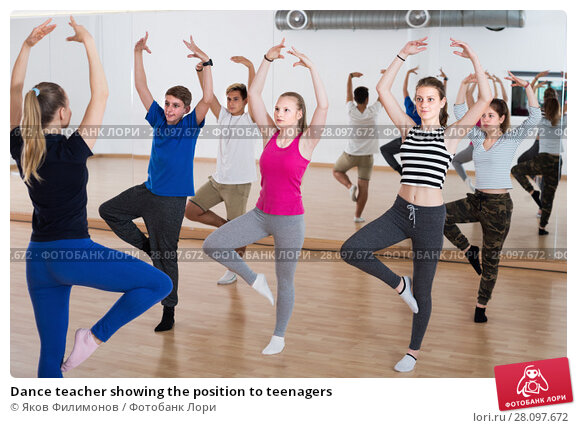Learn how to dance the charleston
How To Do The Charleston? • Learn The 20s Charleston
The Charleston dance was "The King of dances" in 20th century and had a huge influence on American culture. In this blog you can find out different ways of how to do the dance, its technique and footwork.
Charleston dance history
Charleston is a name of the city, dance style, step and song. Scholars attribute the spread and invention of the geechee inspired Charleston dance to the Jenkins Orphanage Band boys from Charleston city, South Carolina. The Charleston song written by John P. Johnson, inspired by Gullah rhythms, became the signature tune for the dance.
This dance has African roots and was created by African - American people. It was first sighted in the streets of Harlem in 1903. Though it was popularised by young flappers during 1920's. It became internationally known thanks to Josephine Baker Parisian "Le revue negre".
If you'd like to learn about the origins of the dance there is a full blog on The History of The Charleston dance.
6 version of how to do the Charleston step
In order to know how to do the Charleston “basic” step we should know that it has changed with time and place. It started as a step with twists, then transformed into a crazy wild kicking move with the swing era.
There are at least 6 versions of the “basic” step: groove walk, kicks, swinging kicks, 20’s twist, 20’s glide, and afro version “reverse twist” Charleston. Each version has its specifics.
- When doing groove walk, we should remember to keep a steady and strong bounce (pulse).
- For kicks the most important thing is to keep the right timing of the kick step and kick from the knees. All while keeping the body inclined forward and only forward and making sure to move with the kicks and not to stay on one spot.
- 20’s Charleston style with twists has its thing in a constant (every single beat) energetic though light twisting of the feet with the weight on the balls of the feet. All while making the kick up in the air and accentuating the weak (off) beat.

- 20’s glide is similar to 20s Charleston twist but is done without lifting the feet off the floor this way creating continuous gliding on the floor.
- Finally, to do the reverse Charleston twist we shall keep the legs bent low and keep the whole foot on the ground with the weight mainly of the heels.
In this video you can learn 6 basic versions of how to do the Charleston “basic” step: groove walk, kicks, swinging kicks, 20’s twist, 20’s glide, and afro version “reverse twist”.
35 Charleston variations
Here is a video of two legendary dancers Al Minns and Leon James perform jazz dances talk show "Playboy's Penthouse". You can hear Marshall Stearns discusses the dance history with Hugh Hefner.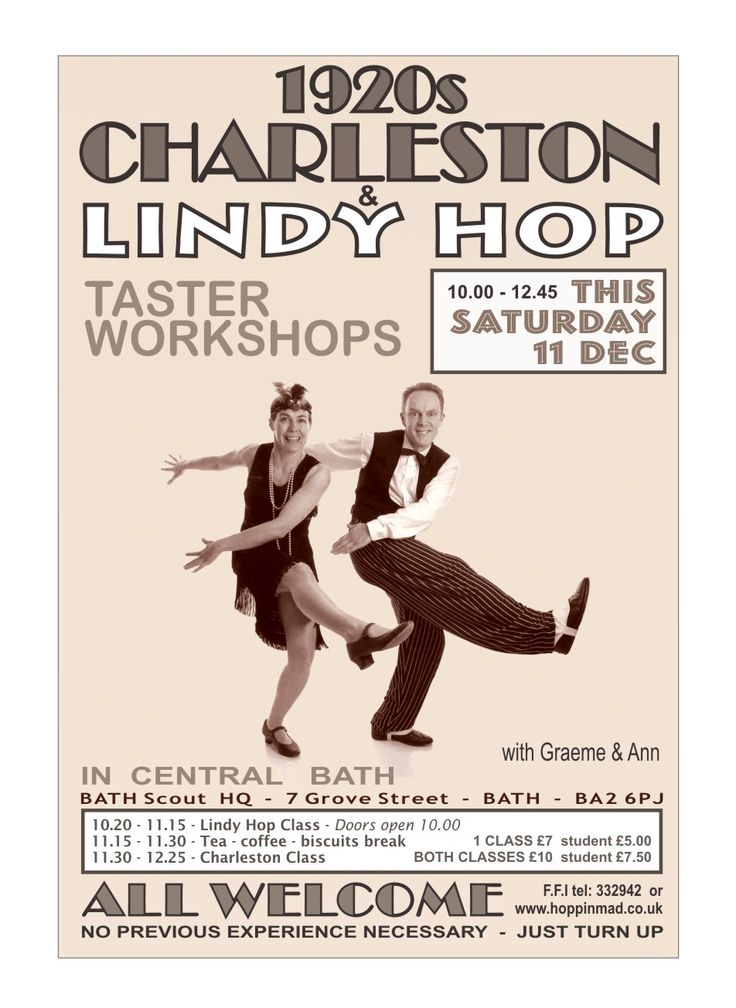 This was probably filmed around 1960. Stears explains that there were 35 variations of the Charleston step. Minns and James show a few: original 20's charleston, scare crow, squat, around the world, high kick and hand to hand variations.
This was probably filmed around 1960. Stears explains that there were 35 variations of the Charleston step. Minns and James show a few: original 20's charleston, scare crow, squat, around the world, high kick and hand to hand variations.
How to do the 20s Charleston dance style?
20s Charleston is not only a step, it’s a style. A style that is defined by music, clothing style, manner and expression. 20s Charleston was a craze during the Jazz Age. It is danced to ragtime, hot jazz and Charleston. In order to look authentic we should remember a few important technical elements on how to do the 20s Charleston:
- As it is danced to ragtime and hot jazz (early jazz, Dixieland, New Orleans jazz).
 The music is syncopated and has a “rag” rhythm though it is still quite even. The accentuation is on 2 and 4 and so will be the bounce, as the bounce always reflects the music rhythm.
The music is syncopated and has a “rag” rhythm though it is still quite even. The accentuation is on 2 and 4 and so will be the bounce, as the bounce always reflects the music rhythm. - As the music is ragged and the body can embody this quality the best when being more “puppet” like. It is better if we use more joints rather than muscles for the light, ragged, fast movements of 20s Charleston
- The accentuation is on 2 and 4 and so should be the accent when doing the 20s kicks. The accent is in the air and not on the floor.
How to achieve this light yet energetic and powerful state when dancing Charleston 20s? How to handle this hell of a tempo and curvy, twisty moves? We need to adopt the right body state. The imagery for the Charleston body that I love to use is a puppet or marionette. This loose movement, fully working on release, using movement of the joints, so that every kick and move pops to every beat and syncopation in the music.
The magic of Charleston dance is as well in the feet.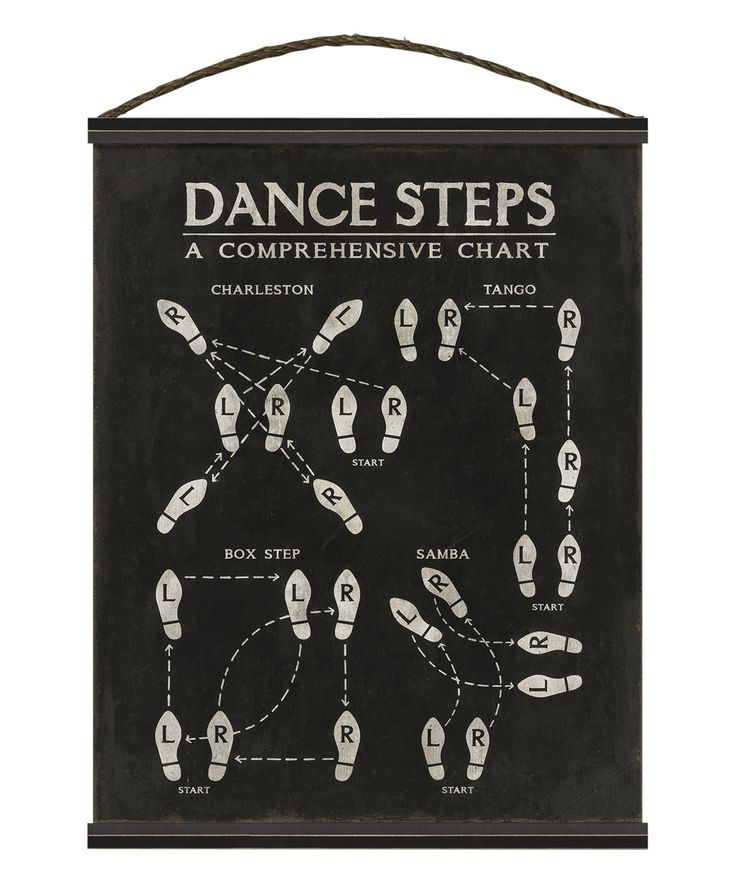 Every single step is a twist. They create that recognisable angular and asymmetric signature Charleston look. Imagine, you are dancing on a hot frying pan, how would you move your feet?
Every single step is a twist. They create that recognisable angular and asymmetric signature Charleston look. Imagine, you are dancing on a hot frying pan, how would you move your feet?
In this video below you can learn about the Charleston 20s body and the twists!
To dive deeper in the fury of Charleston footwork, try this class on Happy Feet move, one of the signature steps.
Aesthetics of the 20s
There is a lot to learn from seeing the connection of the Charleston dance aesthetics with cultural elements of 20th century America.
- Deep connection to African roots reveals elements of improvisation, spontaneity as well as grounded body position.
- There is connection with flappers and their revolutionary new image of a woman and sexually charged movements.
- Comedy connects to 20s Charleston with its silly moves and irony.
- We can see connection with silent movies through the exaggerated overly dramatic expressions.
- Finally eccentric dance is a part of this dance culture with its legomania and bizarre movements.
You will look super authentic if you will include those qualities, impressions in your dance.
Its important to mention that this dance was immensely popular during the period of 1920's Prohibition as well as 1930's Great Depression. When US stock market crashed and part of the society was left in complete poverty, dancing for many was an anti - depression pill. It swept the worries away.
Look at the fantastic Bee Jackson, the “Queen of Charleston” and get ideas on how to do the Charleston! Miss Bee Jackson of the Piccadilly Cabaret and Kit Kat Club demonstrates her gimmick - dancing on a very small floor space.
In this demo video you see me demonstrating the concept of a “Silent Movie”. I am slowing down and speeding up in the real time (without FX), while searching for exaggerated overly dramatic face expressions. The idea comes from the fact that the music was layered on silent movies after the film was done. Oftentimes the music played an atmospheric role. Therefore the dance and movements looked out of time with the actual beat of the song.
Animalism and African roots
I'd like to accentuate the connection with animalism in dance movements as the Charleston dance belongs to the family of African-American vernacular dances. To know more on what are the characteristics of African-American dances that as well reflect in the this dance, read the blog on “ A brief cultural history of black dance”
In this video class from the course Secrets of Charleston 20s, where you can learn how to do the step called the “Cow Tail”. Animalistic move, in a way it was inspired by the cows waving their tail to get rid of the flies.
All of this and more you can learn by taking a course Secrets of Charleston 20s, course with over 40 video.
Iconic Charleston dancers
Some of the iconic dancers to watch, learn and get inspired:
Josephine Baker
Ann Pennington
Bee Jackson
Al Minns
Leon James
Mildred Melrose
Joan Crawford
Jenkins Orphanage Band boys
In this video playlist on Secrets of Solo channel I collected videos of the most famous dancers, historical figures. Watch to get inspired.
The difference between 20s & 30s style Charleston
As we mentioned before the Charleston dance style has changed with time and music. I use this categories to spotlight the difference that was strongly affected by the music, more specifically rhythm section.
20s
In 20s Charleston with hot twists and eccentric moves was danced to ragtime, hot jazz music. It has half time pulse and accentuated the 2 and 4 beat. It replicates the bass tuba or the double bass. Bass tuba line for early jazz was either 1 and 3 or 2 and 4. When double bass came to stage, the players wither played half time notes or doubled up on the same note twice. 1/2 feel reflects in half time pulse in the dancers body. The movement is more even, more vertical and ragged.
It has half time pulse and accentuated the 2 and 4 beat. It replicates the bass tuba or the double bass. Bass tuba line for early jazz was either 1 and 3 or 2 and 4. When double bass came to stage, the players wither played half time notes or doubled up on the same note twice. 1/2 feel reflects in half time pulse in the dancers body. The movement is more even, more vertical and ragged.
The 20s style is based on the twists and twisted kick. The most important image is the "crossed" twisted leg. The legend says, some dancers got "Charleston twist" of the knee, when they twisted too hard.
In this video you can hear a very rag song. Notice that the dancers are holding their bodies more upright. Their pulse is ragged (even jumpy at times).
30s
In 1930's the dance changed with swing music to so called lindy kicks. You could see now dancers doing big wide kicks and travelling across the floor. The feel of the Charleston is 4/4 (4 on the floor). It reflects the double bass in swing tunes, that has a walking line.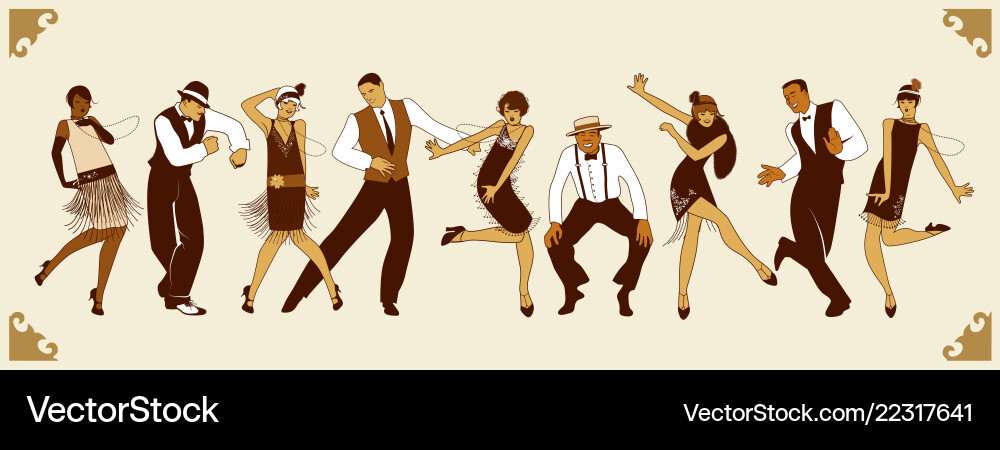 So called "walking bass". Musicians say "the bass walks", when the player hits every single note. 4/4 feel reflects in constant pulse in the dancers body. The movement is "spreading", it is more horizontal. It looks softer and smoother.
So called "walking bass". Musicians say "the bass walks", when the player hits every single note. 4/4 feel reflects in constant pulse in the dancers body. The movement is "spreading", it is more horizontal. It looks softer and smoother.
In this video you can hear the 4/4 feel on the bass and clearly see how dancers reflect it in their smooth pulse. Note, when dancers go to lindy Charleston kicks, how much they lower their upper body and start to hover over the ground.
Music to dance Charleston
Ragtime
The first tune you would think to dance Charleston to is, of course, famous ragtime tune "The Charleston", written by James P. Johnson. The Charleston beat is considered a clave rhythm.
As a musical entity ragtime was, and is, an instrumental work in 2/4 time composed for the piano. The style surfaced in the early 1900's and was developed by composer Scot Joplin. It was the forerunner to jazz. It combines a syncopated series of melodies accompanied by a steady, even rhythm. The left hand plays a steady, almost march-like succession of bass notes and chords while the right hand plays syncopated melodies in a "ragged" manner. Hence, the name of the style.
The left hand plays a steady, almost march-like succession of bass notes and chords while the right hand plays syncopated melodies in a "ragged" manner. Hence, the name of the style.
Here is a Spotify playlist of ragtime tunes. You will hear the music of Eubie Blake, Scot Joplin, James P. Johnson.
Dixieland
Other music style that one can dance 20s Charleston is early jazz. Early jazz, that is as well called “New Orleans jazz”, Dixieland jazz, hot jazz are the terms referring to the same style of jazz based on the music that developed in New Orleans at the start of the 20th century. Its 4 main influences were ragtime, military brass bands, the blues, and gospel music.
New Orleans jazz or Dixieland Jazz was incredibly popular through the 1920s, Jazz Age. One of the first uses of the term "Dixieland" with reference to music was in the name of the Original Dixieland Jass Band (later changed to "Jazz"). They recorded their first vinyl in 1917. What defines the sound of Dixieland music is that one instrument plays the melody (often trumpet) and all the other musicians improvise around it.
Here is a Spotify playlist with a very popular songs for 20s Charleston. You will hear music of such artists as Original Dixieland Band, Fats Waller, Sidney Bechet, King Oliver's Creole Jazz Band, Frankie Trumbauer and his Orchestra, Fletcher Henderson, Bix Beiderbecke, Jelly Roll Morton, Benny Goodman and other. Or else you can listen to my YouTube Charleston compilation.
Written by Ksenia Parkhatskaya
Wedding Dance Lessons | Learn How To Dance At Your Wedding
Wedding Dance Lessons For Brides, Grooms, and Wedding Parties
It is our experience that every couple has different needs, preferences and time schedules but everyone has the ability to be a good dancer with enough time. Wouldn’t it be great to have the romance of dancing for the rest of your lives together! We can put something together that is uniquely yours.
If a couple is planning to get married, here are a few TIPS from the experts on learning to dance for their big day:
Don’t wait until the last minute.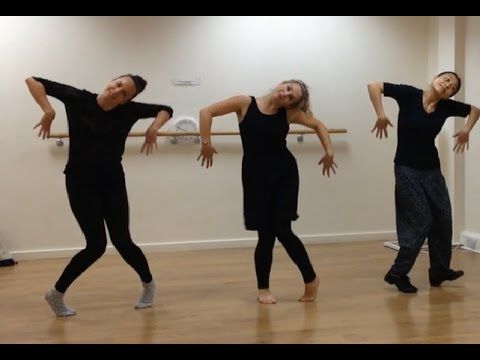 Remember that the schedule will get very hectic as the wedding day approaches. Dance instructors recommend starting four to six months earlier to allow more time for practice, especially if our students are newcomers to dancing.
Remember that the schedule will get very hectic as the wedding day approaches. Dance instructors recommend starting four to six months earlier to allow more time for practice, especially if our students are newcomers to dancing.
It’s OK if you haven’t chosen a song. On your very first lesson we will introduce you to the main dances most couples use. We can help make suggestions depending on which dance you like and do the best. If you already have a song chosen, bring it with you!
Be patient when learning. Dancing is a great stress reliever, and a fun date night, so don’t put too much pressure on each other.
Don’t try to teach your fiance’. You’ll both have a lot more fun dancing if you let your instructor do the teaching.
Practice in the right shoes. Wear shoes to your lessons that are similar to the ones you’ll be wearing on the big day.
Be consistent with your appointments. The more often you come in, the less review there will be on each lesson. Plan at least once a week to get the most from your lessons.
Use the Charleston bride dance classes & practices when possible. Everyone feels most comfortable on a private lesson, but the classes and parties will be closer to what the rest of your reception will be like, and the teachers will be there to help!
Learning to dance for a wedding is a special gift that you and your spouse-to-be can give to each other. A couple who feels confident and poised when they dance together will ensure that their very first dance together as wife and husband will be a memory they will cherish forever.
Fill Out the Form Below to Get Started
Possible First Dances
- Almost Paradise
- Crazy For Your
- Fields of Gold
- Have you Really Ever Loved a Woman
- I Swear
- Night & Day
- How Sweet it is to be Loved by You
- Fascination
- Can You Feel the Love Tonight
- Don’t Know Much
- Fly Me to the Moon
- Here and Now
- I’ll Always love You
- Our Love is Here to Stay
- Groovy Kind of Love
- I Get a Kick Out of You
- Could I Have This Dance
- Endless Love
- Forever and Ever, Amen
- I Just Called to Stay I Love You
- In Your Eyes it Had to be You
- Smooth
- I’ve Got You Under My Skin Girl
- Someone to Watch Over Me
Things you may want to know
for your first lesson…
- What kind of music will you have at the wedding?
- Will a band or DJ play your first song?
- Will you have Mother/Son, Father/Daughter or bridal party dances?
- Will you honeymoon have dancing? (Latin/Tropical getaway, cruise, etc.)
- What is the size of the dance floor at your reception?
- How many other weddings will you attend this year?
Charleston
Charleston is a dance named after the city of Charleston, South Carolina. He broke into the American musical mainstream with the Broadway production of "Runnin' Wild", or rather, J.P. Johnson's song "Charleston", which sounded in it, which immediately became popular.
A bit of history
Where exactly the dance originated is unknown. But in Charleston, they not only consider the city the birthplace of dance, but are also ready to indicate the exact address: the Jenkins Orphanage orphanage.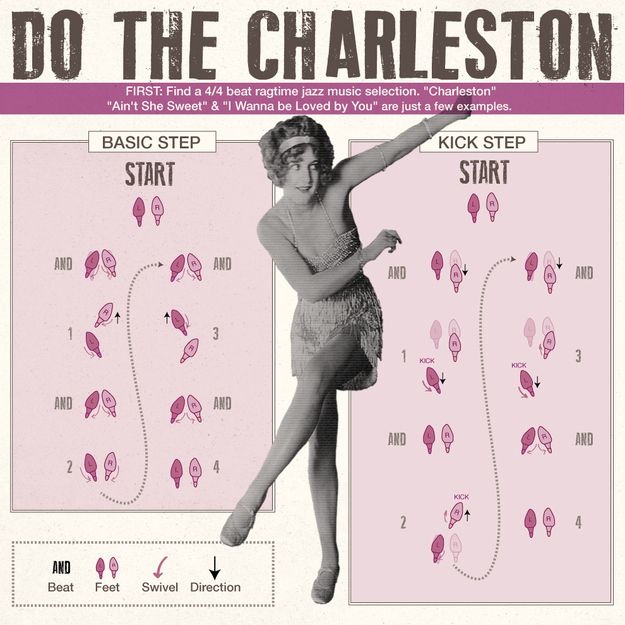 As the rumor goes, it was there that they came up with the dance that inspired the author of the famous show.
As the rumor goes, it was there that they came up with the dance that inspired the author of the famous show.
Even though the dance was known before Broadway, it was from this dance that the Charleston exploded in popularity.
At first, it was a dance of flappers (“crackers”) - emancipated girls who protested against obsolete moral norms. But soon the Charleston entered all sectors of American society, despite accusations of immorality and violation of the foundations. Charleston was not officially taught in dance schools at that time. Therefore, the rich learned it from their own servants, who were already dancing fashion steps to the fullest!
The dance was generally simple and was learned quickly. It was only necessary to master the active movements of the legs and arms to an energetic accompaniment. However, the excessive ardor that the dancers put into their movements often led to injuries.
Charleston united everything: speed, novelty, simplicity, the ability to dance both alone and in pairs.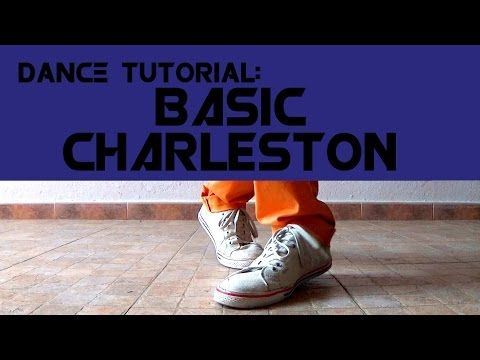 But most importantly, for the first time, the Charleston broke down the barrier between “dance for dancers” and “dance for spectators”: by 1925, it seemed to embrace everyone. Choreographic critic R.P. Dodge once saw a policeman in St. Louis directing traffic by singing the Charleston.
But most importantly, for the first time, the Charleston broke down the barrier between “dance for dancers” and “dance for spectators”: by 1925, it seemed to embrace everyone. Choreographic critic R.P. Dodge once saw a policeman in St. Louis directing traffic by singing the Charleston.
Charleston differed from other dances in its versatility: it could be watched and performed. Josephine Baker first appeared on the Paris stage with him. With her filing, the Charleston in Europe became almost more popular than in America.
Dance technique
- The Charleston is characterized by a syncopated rhythm in 4/4 time.
- The dance can be performed alone or in pairs.
- The basic movement is danced in place or with forward, sideways or backward movement. The step begins with a step: the heels are spread to the side, the weight of the body is transferred to the toe of the left leg, and the right leg bent at the knee at this time moves back and to the right.
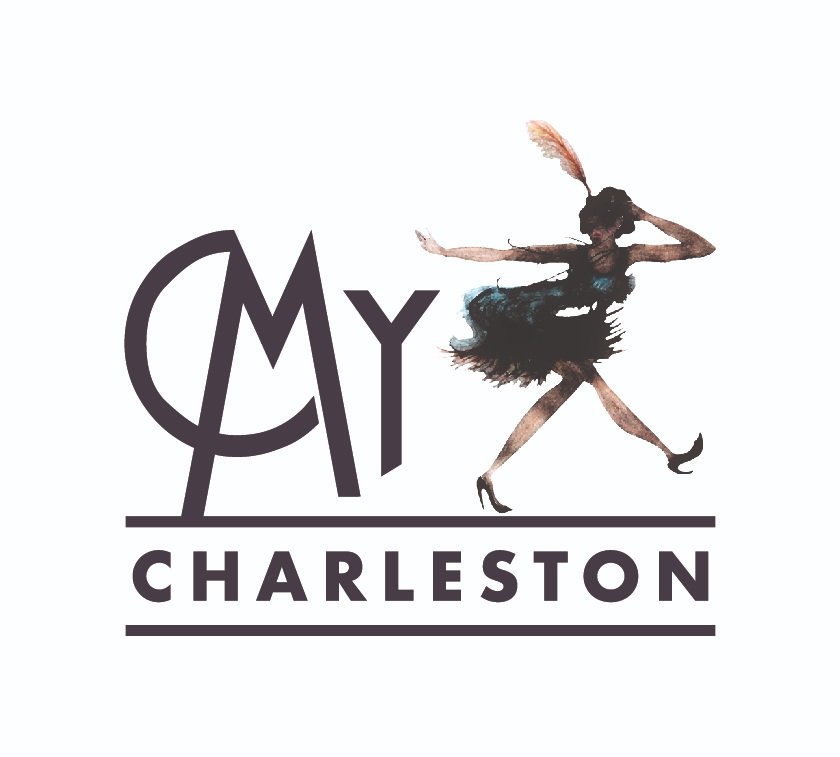 Then the movement is repeated with the other leg, keeping the knees together. All this is accompanied by active and free work of the hands.
Then the movement is repeated with the other leg, keeping the knees together. All this is accompanied by active and free work of the hands. - The dance is built on improvisation, and in the case of a pair performance, it requires good coordination of technique and positions of the partners.
Characteristic features
The visiting card of the dance is the active work of the hands and the eversion of the foot. Someone sees in it echoes of ballroom dancing movements, in particular, the foxtrot - given that there is almost no movement in the Charleston. They dance to jazz or swing tunes.
Despite the scandals, Charleston at the beginning of the twentieth century became the most famous dance in the world. Having originated in the USA, the dance spread throughout Europe: few people could resist its lightness and fun.
Although 74 Charleston elements are considered canonical, competitions were constantly held in ballrooms and hotels, where dancers showed hundreds of movements invented by them.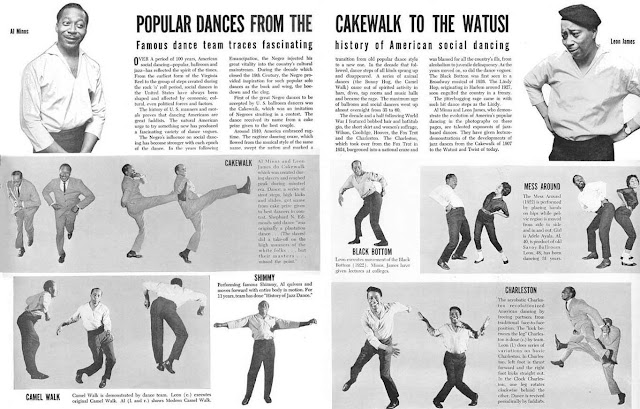
Charleston and modernity
Charleston at times left the scene, yielding it either to the Black Bottom style, or to Lindy Hop (which, however, adopted a lot from Charleston). By the 1950s, the dance reminded itself of itself in the guise of Charley Bop and Mashed Potato, but its final return happened only in our time.
The main thing in teaching Charleston in St. Petersburg is the mood and drive of the dancers. It is entirely built on improvisation and is not too inclined to adhere to the canons: the pleasure of dancing is more important!
Types of modern dances. Charleston dance.
The Charleston is a dance named after the city of Charleston in South Carolina. Rhythm gained ground in US mainstream music with the premiere of a show on Broadway called "Runnin' Wild", which debuted the song "Charleston" written by James P. Johnson and became an immediate hit.
Johnson and became an immediate hit.
It is impossible to name the exact place where the dance originated, although nowadays in the city of Charleston, South Carolina, they will not only tell you that the dance was born here, but they will even demonstrate a specific place - an orphanage "Jenkins Orphanage" - according to legend, it was the orphan children from this orphanage who invented the dance, later called the Charleston, the music on the basis of which formed the basis of the musical, which became zamenimy.
And its existence is recognized long before the triumphant appearance on the stage of the musical “ Runnin’ Wild ”, where, along with the debut of James P. Johnson’s song “ Charleston ”, the dance of the same name was performed. However, it was from this moment that the popularity of the Charleston began to rapidly gain momentum.
At first, this dance was mostly associated with young emancipated girls, who were called flappers (from the English - clapperboard), it was they who could afford to dance alone and demonstrate contempt for the old traditions in the dance.
Despite accusations of immorality and swagger, undermining the foundations of the spirituality of the nation, all segments of the American population were carried away by the Charleston. There was no official Charleston training in dance classes, so wealthy people began to take lessons from their own servants: cooks, maids and laundresses, who mastered this dance much faster.
In general, there was nothing difficult in performing the dance. He was considered easy to learn, it was only necessary to learn how to make energetic movements with his arms and legs to fast music. On the other hand, the number of injured people has increased due to the irrepressible desire to put all the available energy and strength into the Charleston.
Charleston was a new dance. The Charleston was a fast dance. The Charleston was a simple dance. The Charleston was a dance that could be danced with a partner or alone. But most importantly, the Charleston was the first dance to blur the line between "dance being danced" and "dance being looked at" - by 1925, it seemed that everyone danced it.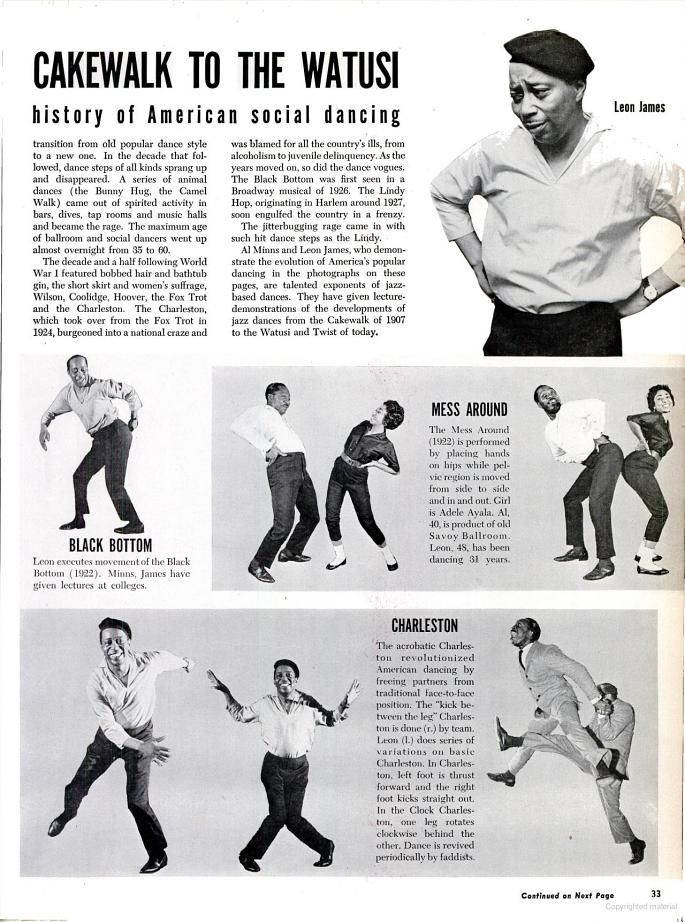
Dance Critic Roger Pryor Dodge recalled a policeman in St. Louis who controlled traffic by dancing the Charleston.
Charleston, unlike other dances, became both spectacular and performing: it could be danced and watched. Charleston was brought to Europe by Josephine Baker , it was in her performance that the Parisian public saw this dance for the first time. Thanks to her, dance in Europe has become no less popular than in America.
Charleston technique
Charleston has a syncopated rhythmic structure, 4/4 time.
They dance the Charleston both in pairs and solo. The basic step is performed in place or moving forward, backward and to the side. The step begins with an off-beat movement, when the heels are parted, the support is on the left leg, and the right one simultaneously rises in a bent position with a twist to the right and back.
The same movement is carried out with the other leg.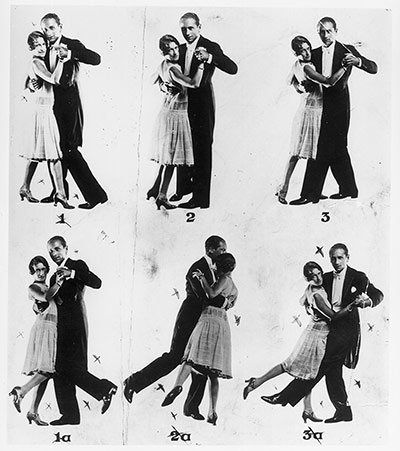 The off-beat movement is performed with closed knees. Hands move freely and vigorously.
The off-beat movement is performed with closed knees. Hands move freely and vigorously.
The basic step can be performed by moving back and forth and sideways, as well as turning around its axis. The dance requires a lot of improvisation and, if performed in pairs, the main move varies in the positions of the partners and combinations of movements.
Charleston Features
Vigorous hand movements and characteristic foot turns are the main features of this dance. It has certain features of ballroom choreography, namely, the foxtrot, with the difference that the Charleston has a limited nature of movement and is performed most often on the spot. The musical accompaniment is represented by certain compositions of jazz and swing.
Despite its scandalous reputation, at the beginning of the last century Charleston became the king of dances. Having begun his victorious march in America, he conquered Europe somewhat later.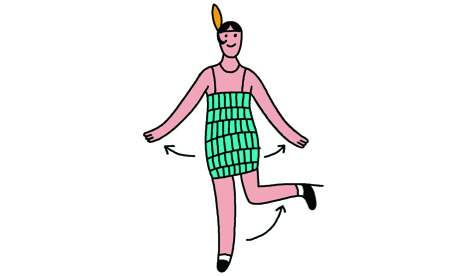 It was impossible not to be infected by the desire to dance this provocative, easy-to-perform dance. Chalston was performed both in pairs and individually.
It was impossible not to be infected by the desire to dance this provocative, easy-to-perform dance. Chalston was performed both in pairs and individually.
Ballrooms and hotels regularly held dance competitions showing hundreds of variations of the basic Charleston step (officially there were 74 movements in the Charleston).
One of the most famous Charleston competitions was held in 1925 at the Orpheum Theater in Kansas City. It was won by Leonard Reed , the future creator of Shim Sham .
Unfortunately, Leonard did not manage to get his award - the competition was “only for whites”, and although he managed to participate in it thanks to his fair skin, someone envied his win and gave his secret to the organizers of the competition
Charleston was the king of dances - but it also suffered the fate of any "fashionable" phenomenon - in 1926 a new "fashionable" dance arose - Black Bottom , and the Charleston was to be forgotten, just as were previously forgotten Bunny Hug , Apache Dance and many more.
